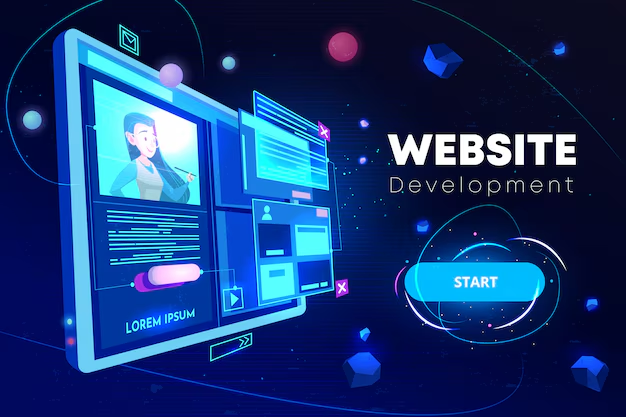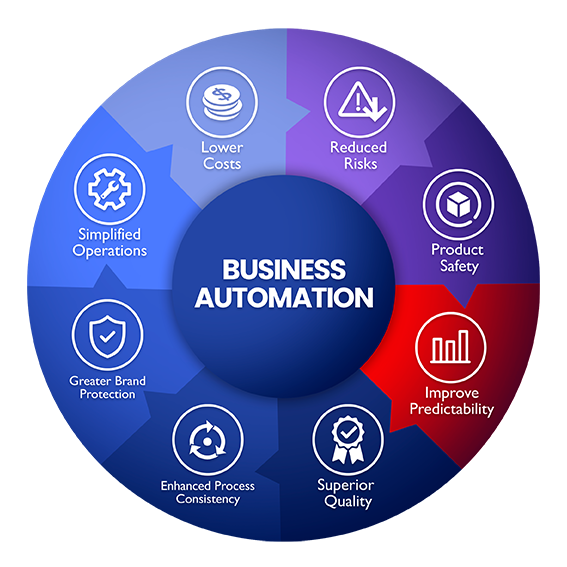E-Commerce Evolution in the Indian Economy: A Digital Revolution

The Indian e-commerce industry has experienced remarkable growth over the last decade, becoming one of the most significant contributors to the country’s economic transformation. From humble beginnings, the sector has now evolved into a multi-billion-dollar industry that is reshaping how businesses operate and how consumers shop. This digital revolution has made India one of the largest and fastest-growing e-commerce markets in the world.
As a digital strategist at Rootbix Infotech, I’ve had the opportunity to observe this fascinating growth from both a business and technology perspective. In this blog, I’ll delve into the evolution of e-commerce in India, its impact on the economy, and what the future holds for this thriving industry.
1. The Exponential Growth of E-Commerce in India
E-commerce in India has grown at an unprecedented pace, thanks to increasing internet penetration, widespread smartphone usage, and an evolving digital infrastructure. The market, which was valued at around $39 billion in 2017, is projected to reach a whopping $200 billion by 2027. This transformation has been largely driven by several key factors:
- Increased Digital Penetration: With over 700 million internet users and affordable mobile data plans, India’s online population is growing rapidly. More Indians, even in rural areas, are now shopping online, driving massive demand for digital commerce platforms.
- Government Initiatives: The Indian government’s push for digital inclusion, such as the “Digital India” initiative, has made it easier for consumers to access online services. Unified Payments Interface (UPI) and other digital payment systems have further simplified online transactions.
- COVID-19 Acceleration: The pandemic drastically changed consumer behavior. E-commerce became the primary mode of shopping for millions, giving a significant boost to the sector and cementing it as a critical part of the economy.
2. The Economic Impact of E-Commerce in India
E-commerce has brought profound economic benefits to India, contributing significantly to GDP growth, generating employment, and facilitating the rise of small and medium-sized enterprises (SMEs). Here’s how e-commerce is impacting various aspects of the economy:
Job Creation and Employment Opportunities
The e-commerce boom has created millions of jobs across various sectors. From technology and logistics to customer service and marketing, the demand for skilled professionals is constantly rising. E-commerce companies like Amazon, Flipkart, and Reliance JioMart have expanded their workforces and infrastructure, providing jobs not only in metropolitan areas but also in tier-2 and tier-3 cities.
Additionally, the rise of delivery services and gig economy platforms has given many Indians new avenues for employment. Rootbix Infotech has been working with several businesses to streamline their logistics operations through tech-enabled solutions, creating more efficient and scalable job opportunities.
Boost to Small and Medium-Sized Enterprises (SMEs)
E-commerce has become a game-changer for Indian SMEs, enabling them to access a national and even global customer base. Digital marketplaces such as Amazon, Flipkart, and niche platforms like Meesho have allowed local sellers, artisans, and small businesses to scale their operations without needing a physical retail presence. This has democratized commerce, empowering smaller players to compete with larger businesses.
Contribution to GDP
The e-commerce sector’s contribution to India’s GDP is steadily increasing. By 2027, it’s expected that e-commerce will make up 10% of the country’s total retail sales. The sector’s strong growth also attracts significant foreign investments, which in turn fuels more innovation and infrastructure development.
3. Evolving Consumer Behavior in the Digital Age
As e-commerce has grown, so too has the Indian consumer’s expectations. Today’s shoppers demand convenience, personalized experiences, and speedy delivery, which has driven companies to innovate constantly. Features like one-click payments, AI-powered product recommendations, and same-day deliveries are now becoming standard expectations.
The Rise of Mobile Commerce (M-Commerce)
A significant portion of India’s e-commerce traffic comes from mobile users. As smartphones become more affordable and mobile internet speeds increase, m-commerce has emerged as a critical driver of e-commerce growth. This mobile-first approach is crucial for businesses aiming to reach consumers in every corner of the country.
The Role of Social Commerce
In recent years, social media platforms like Instagram, Facebook, and WhatsApp have also become integral to the e-commerce landscape. Social commerce, where users can purchase products directly through social media apps, is gaining traction, allowing brands to engage with consumers in more interactive ways.
4. The Competitive Landscape and Innovation in E-Commerce
India’s e-commerce space is highly competitive, with both domestic and international giants battling for market share. Flipkart, Amazon India, and Reliance JioMart are the dominant players, but several niche platforms, such as Nykaa (beauty products), Zomato (food delivery), and BigBasket (groceries), have carved out specialized markets.
Technological Innovations Shaping E-Commerce
Several cutting-edge technologies are reshaping the future of e-commerce in India:
- Artificial Intelligence (AI) and Machine Learning: AI is driving personalized shopping experiences, optimizing search results, and improving inventory management.
- Augmented Reality (AR): AR allows consumers to visualize products in real life before purchasing, which is especially useful for industries like fashion and home décor.
- Voice Commerce: Voice-enabled searches and shopping through virtual assistants like Amazon Alexa and Google Assistant are gaining popularity, particularly in India’s urban centers.
5. Challenges in the E-Commerce Industry
While e-commerce presents numerous opportunities, it also comes with challenges. India’s vast and diverse geography, coupled with complex logistics, poses difficulties in ensuring timely deliveries to rural areas. In addition, the regulatory environment is evolving, with new rules regarding data localization, consumer protection, and foreign direct investment (FDI) requiring companies to stay agile.
Logistics and Last-Mile Delivery
Reaching India’s remote and rural areas remains a logistical challenge. Companies are investing heavily in warehousing, transportation, and technology-driven solutions to improve delivery speed and reduce costs. Rootbix Infotech is helping businesses by offering smart logistics solutions that streamline their supply chains and improve operational efficiency.
Cybersecurity and Data Privacy
As more consumers transact online, concerns about data security and privacy are growing. Companies need to invest in robust cybersecurity measures to protect consumer data and build trust with their customers.
6. The Future of E-Commerce in India
The future of Indian e-commerce is bright, with the industry poised for continued growth. As digital infrastructure improves, and more consumers gain access to the internet, the market will further expand. New sectors such as digital healthcare, online education, and e-grocery services are emerging as key growth areas within the e-commerce ecosystem.
The Rise of Tier-2 and Tier-3 Markets
While e-commerce has already captured the attention of urban India, the next wave of growth will come from tier-2 and tier-3 cities. With increasing internet penetration in smaller towns, businesses have a unique opportunity to tap into an under-served market with huge potential.
Sustainability and Green Commerce
As environmental concerns grow, the future of e-commerce will also involve a shift toward more sustainable practices. Companies are increasingly adopting eco-friendly packaging, reducing their carbon footprints, and focusing on greener logistics solutions.
Conclusion
E-commerce in India is not just a sector; it’s an economic force that is revolutionizing how people live, work, and shop. From contributing to the GDP to creating millions of jobs, the e-commerce industry has established itself as a pillar of the Indian economy.
At Rootbix Infotech, we are excited to be part of this digital transformation by providing businesses with the tools and strategies they need to succeed in the competitive e-commerce landscape. As the industry continues to evolve, businesses that embrace innovation, focus on customer experience, and address logistical challenges will be well-positioned to thrive in the digital future.
About the Author:
Tanu Mittal is a digital strategist at Rootbix Infotech Pvt. Ltd., specializing in website development and e-commerce strategies. With her deep understanding of the digital landscape, Tanu helps businesses optimize their online platforms for growth and success.






